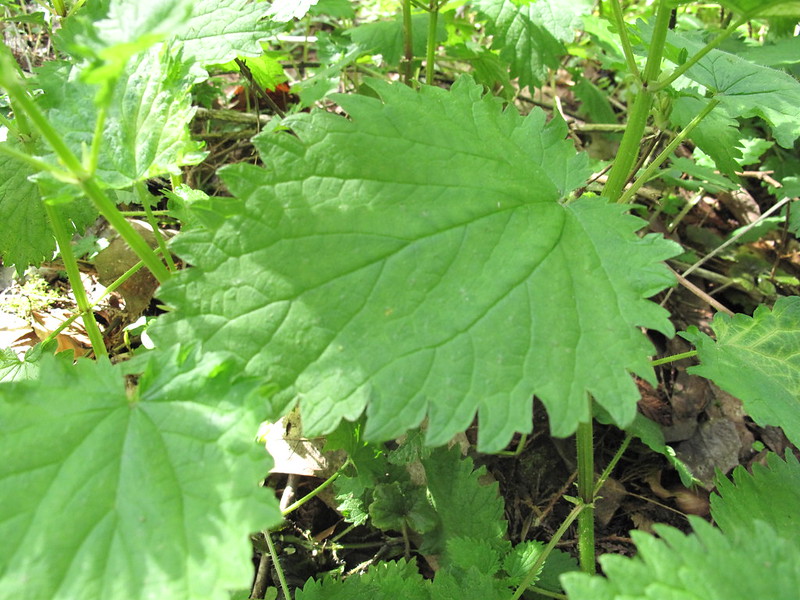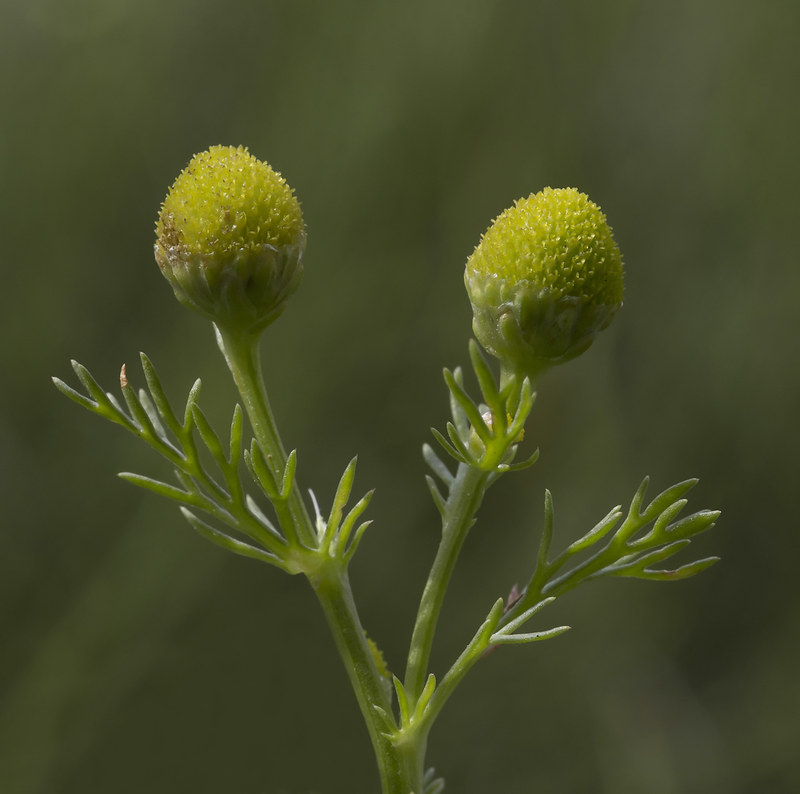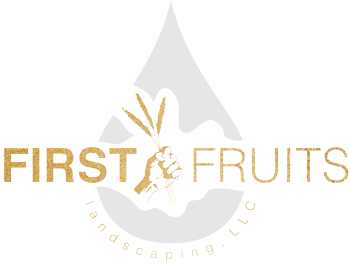You have probably heard of the term “foraging”, which means basically traipsing into the woods and finding any and every edible thing you can. Well, the Pacific Northwest is a great place in which to do that but did you know that you could also do that in your backyard?
Depending on the type of property you have, you may or may not have access to natural, random, and wild edible vegetation in your own backyard. A lot of smaller subdivisions that have lots of less than 5000 ft.² have probably been wiped clear of the topsoil, which means that it may take a while for topsoil to regain allowing a better atmosphere for Northwest vegetation. But, if you’ve lived in your home for several years and the property is at least 10 years old, you may find yourself with some edible plants on your property that you don’t even know about.
In landscaping, I come across a lot of these plants and while most people don’t even realize they have them, some want to make sure that I don’t destroy them. We make sure that we clear out any weeds, trim, prone, and clean up the landscape, but many people may want to keep some of these natural, edible plants for their own enjoyment.
There are a lot of resources, books, and articles about Pacific Northwest foraging, and if you’re interested, you should definitely get the book so that you can identify the right plants to keep you and your family safe. However, there are some pretty common ones we have around here that you could throw into your salad or whip up into a pesto that you might not even realize you have.
There are nearly 100 edible plants in the Pacific Northwest including Oregon, Washington and parts of British Columbia. Of course, you can’t collect these items where you are prohibited to do so, but nobody stopping you from taking a few leaves of minors lettuce, arrowhead, or Bitterroot from your own backyard. Here are just some of the more common ones found in the everyday homeowners backyard.
Chickweed
I used to pick handfuls of these out in the pasture and feed them to chickens and cows but did you know that they are edible for people to? The young leaves are edible raw but most the leaves are better tasting after cooking. Chickweed contains a lot of vitamin A and C and has a similar taste to spinach. They’re mostly grown in lawns and highly composted areas.
Chicory
Chicory is often found on disturbed ground ranging from the planes to foothills to some mountain regions and roots can be in raw if their younger, but the entire plant can be cooked and used as a coffee substitute.
Clover
Yes, you can he Clover. Most of the aboveground parts can be eaten raw but are best when cooked or dried. The flower heads and seed heads can be ground into flour but the sprouts of the Clover have the best taste. We have a lot of Clover throughout the Pacific Northwest including Red clover, White Clover, Springbank Clover, and Alsike clover. Red clover in the autumn should be avoided or not eaten in large amounts and experts say you should dip clover in saltwater to counteract any bloating.
Minors lettuce
This one I see a lot, especially in areas where there’s a lot of moisture. All parts of this plant including the roots are edible raw and are excellent in salads or ground into a pesto. They grow excellent in moist, shaded woods and fields so I find a lot of these up against fences or in places that don’t get a lot of sunlight. You can slice them up, clip the leaves off the top, and throw them into a big salad with a delicious vinaigrette.
Nettles
Those bothersome nettles that you often ran into when you’re a kid are edible. You probably don’t want to eat them raw’s they will sting the inside of your mouth but young shoots and plants are edible when steamed or cooked, the leaves can be turned into a beautiful tea, and they grow best in moist soil collected in spring or autumn. Make sure you use gloves when collecting these. The top of the leaf does not have any of the stinging property but the edges and underneath and stems all have the stinging property but as soon as they are cooked, all of that goes away.
Peppergrass
This edible plant can be eaten raw and has green seedpods that can be used as a pepper-like seasoning. This grows on the side of the road, disturbed places that might get some weeds in your backyard, or out in the fields. View Peppergrass here
Pineapple Weed
You’ve probably have seen this and had no idea you could eat it. These have bulbous looking flower heads that can be eaten raw although they are slightly bitter. Plants can be dried, powdered, and sprinkled on meat to reduce spoilage and keep the flies away. You’ll often find these in dry grounds and along the roadside but you might find it in some of the back corners of your property as well.
More: Maintenance Tasks for April
Wild Licorice
This backyard rhizome is edible raw but is traditionally roasted and pounded out to remove any tough fibers. It grows near water in moist, well-drained soil but you want to be careful because consumed in large amounts it can be toxic. This is a great addition to any tea or as a medicinal substance. Check out the images on Wild Licorice here
Wood Sorrel
This almost invasive species is edible and you’ll find it in your flowerbeds, taking over the mulch, and growing like a fungus. But the flowers are edible although safer and tastier when cooked. There are several different Pacific Northwest varieties including Creeping Woodsorrel, upright woodsorrel, and Stoloniferouss Woodsorrel.
I’m not saying you should just go into your backyard and eat anything you find, but it is fun to realize that you can eat some of these things in your backyard. Before foraging and consuming anything be sure to check with edible foraging websites to make sure that what you are consuming is safe for both you and your family. But, you’ll definitely find me down picking a few clumps of minors lettuce for my next salad.
Images by Paige Filler | Megan Hansen | johndal

